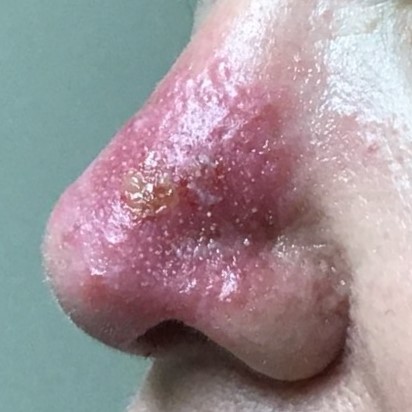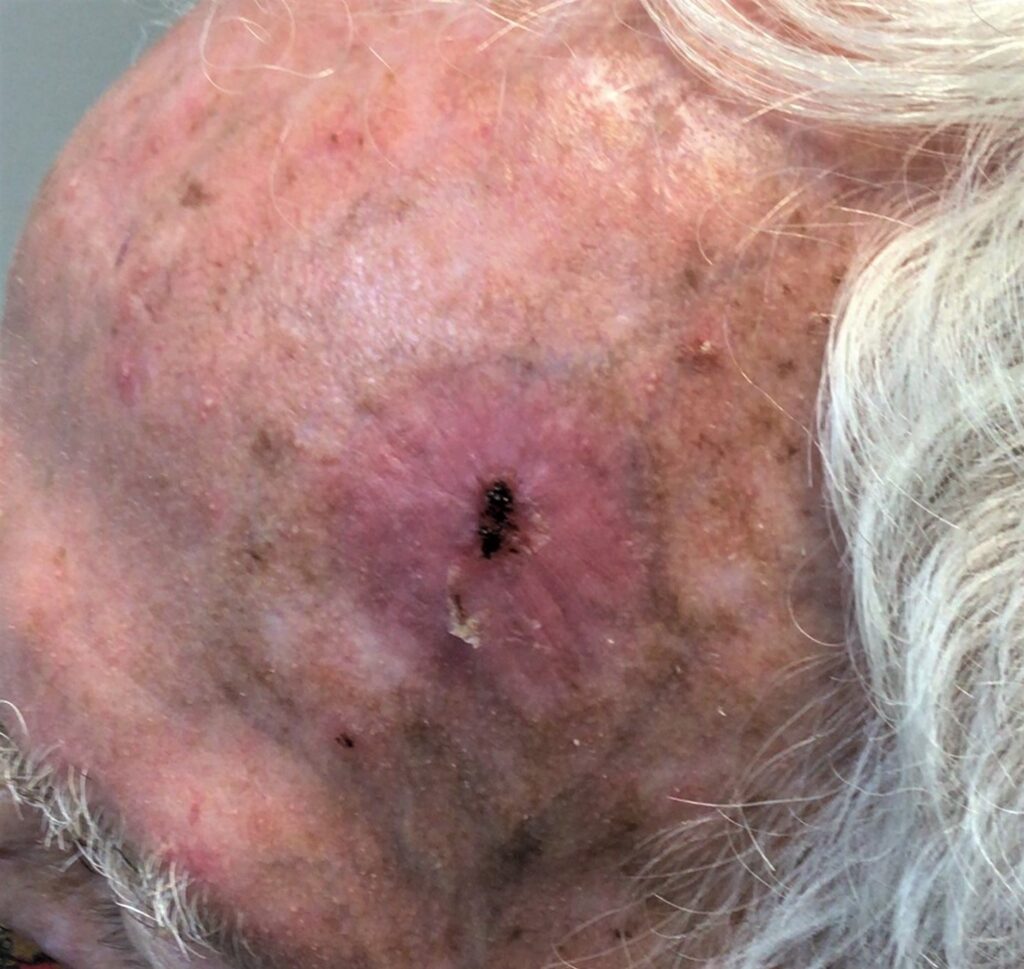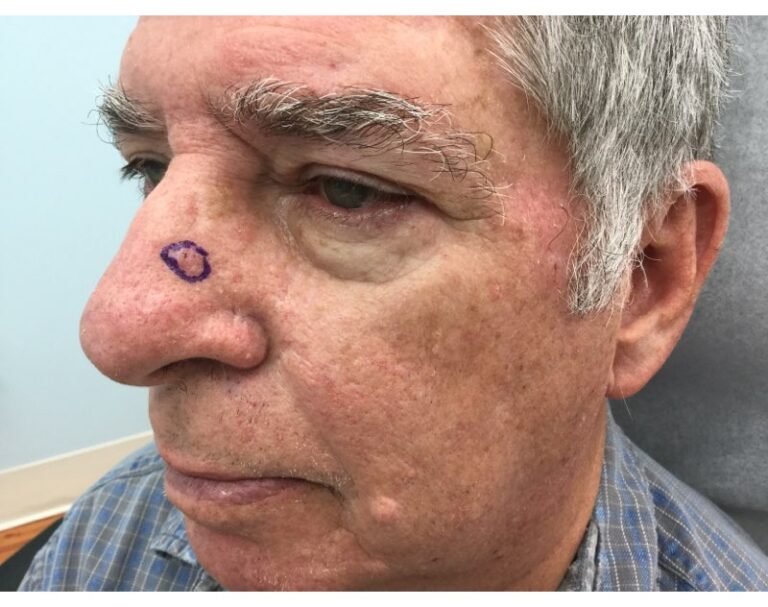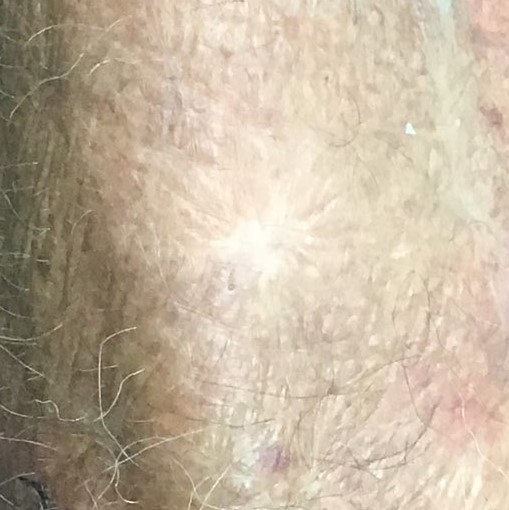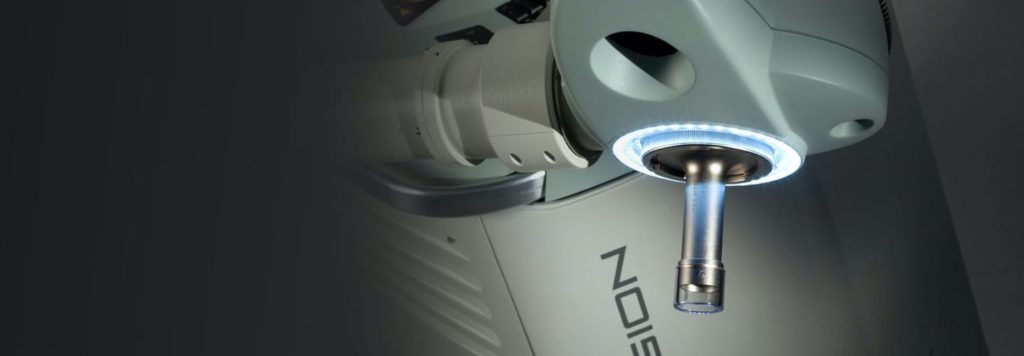
Radiotherapy, or “radiation therapy,” is a cancer treatment method that directs high beams of energy directly at an affected area in order to eradicate cancerous cells. This effective, less invasive treatment works to shrink tumors and deliver results without surgery or chemotherapy, both of which can be more difficult to recover from. Learn how a radiotherapy machine works and explore possible radiotherapy side effects with this overview.
How Radiotherapy Machine Works
Radiotherapy is delivered via a machine that harnesses the significant energy found in X-rays, protons, and other high-powered energy sources. How a radiotherapy machine works is by pointing its beam directly at the cancerous area of a patient’s body, transferring the radiation inside to destroy the affected cells.
There are a wide variety of radiotherapy machines, each designed to target a specific kind of cancer. Some will rotate around your body as they work; others stay stationary. In almost every case, receiving radiotherapy is an outpatient procedure that lasts anywhere from 10-30 minutes, depending on the severity of the situation and where on the body the beam must be directed.
Most patients can expect to receive several rounds of radiotherapy, with treatments spaced out over days or weeks to allow the healthy cells in the surrounding areas time to recover.
Radiotherapy Side Effects
The side effects of radiotherapy can vary wildly depending on your diagnosis and where on the body you’ll be receiving treatment. In general, the external nature of radiotherapy lends itself to fewer side effects than more invasive treatments such as chemotherapy or surgery. Some patients do not experience any negative repercussions, while others deal with several.
Common radiotherapy side effects include:
- Hair loss
- Skin irritation
- Fatigue
- Difficulty swallowing
- Nausea
- Diarherra
Many radiotherapy side effects are tied to where your treatment is placed. For example, those receiving radiotherapy on their chest may experience shortness of breath, while others treated on the neck may develop a sore throat.
Can Radiotherapy Be Repeated?
There are variables that affect whether or not radiotherapy can be repeated. Each area of the body can only withstand a certain limit of radiation, so if cancerous cells were to reappear, a different treatment may need to be explored. In the case of skin cancer, radiotherapy could be repeated if the cancer migrates to a different area of the body. Because healthy cells are affected during radiotherapy, it’s important to limit their exposure so that they are able to recover properly.
Image-Guided SRT is Your Surgery-Free Common Skin Cancer Treatment
Radiotherapy is an excellent form of common skin cancer treatment, and Image-Guided SRT is the new gold standard in this methodology. If you are facing a common skin cancer diagnosis, GentleCure can help inform you of your options. Call 855-936-4411 to speak to a skin cancer specialist now or find a practice that utilizes this effective technology.


